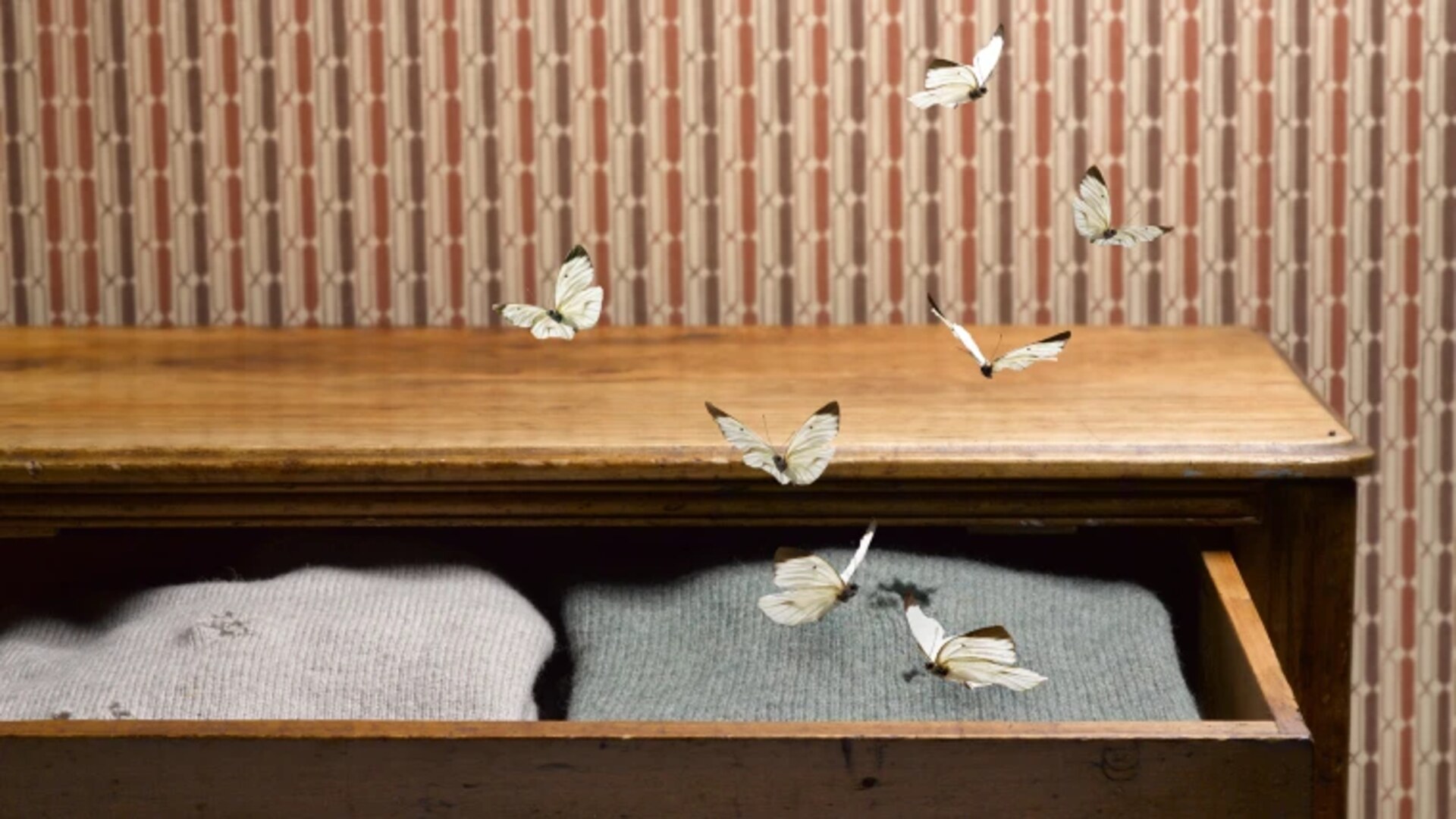
Holes in clothing, particularly wool and silk, indicate clothes moth activity.
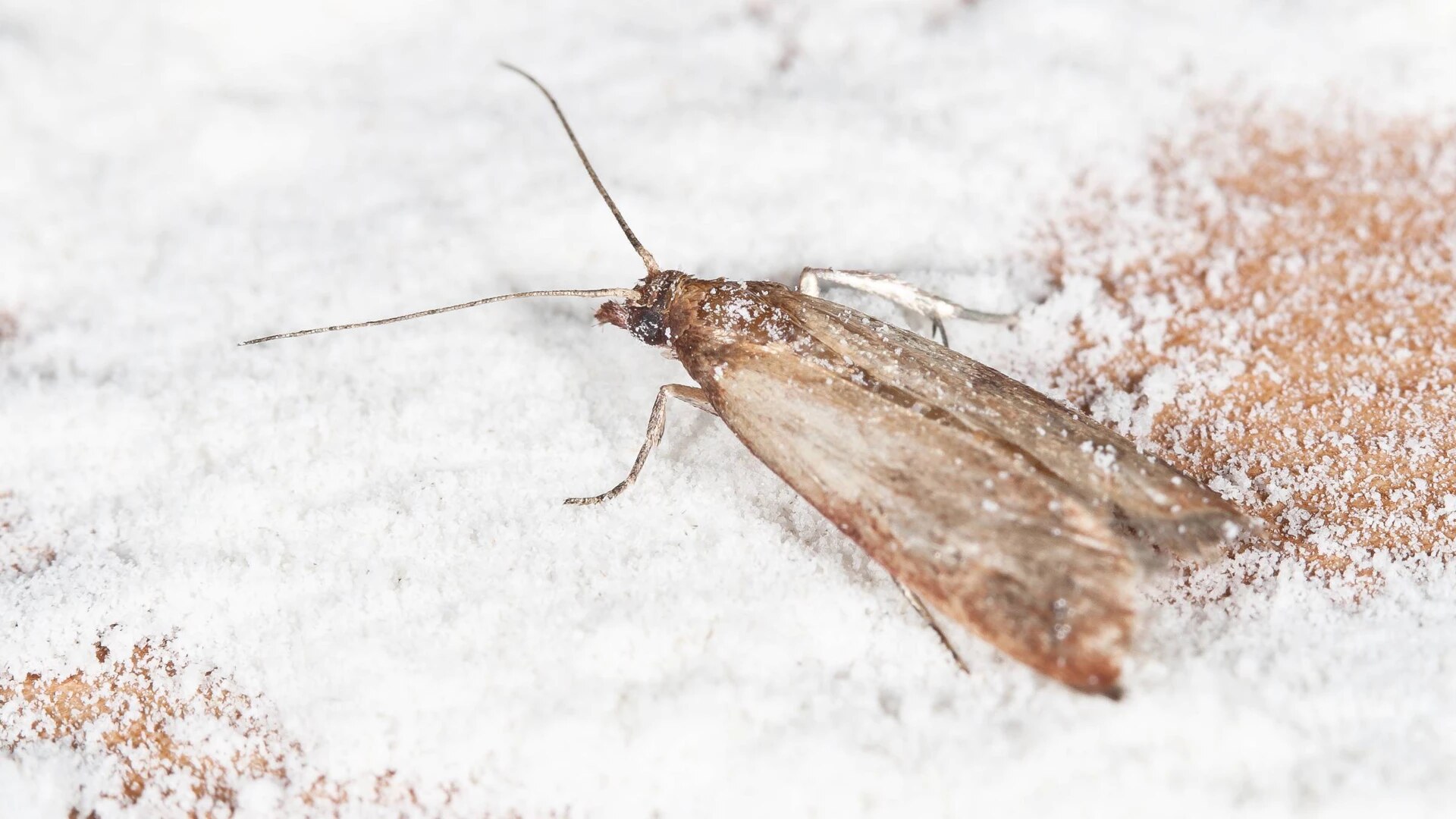
Infestations of pantry moths often leave webbing or clumped grains in food storage areas.
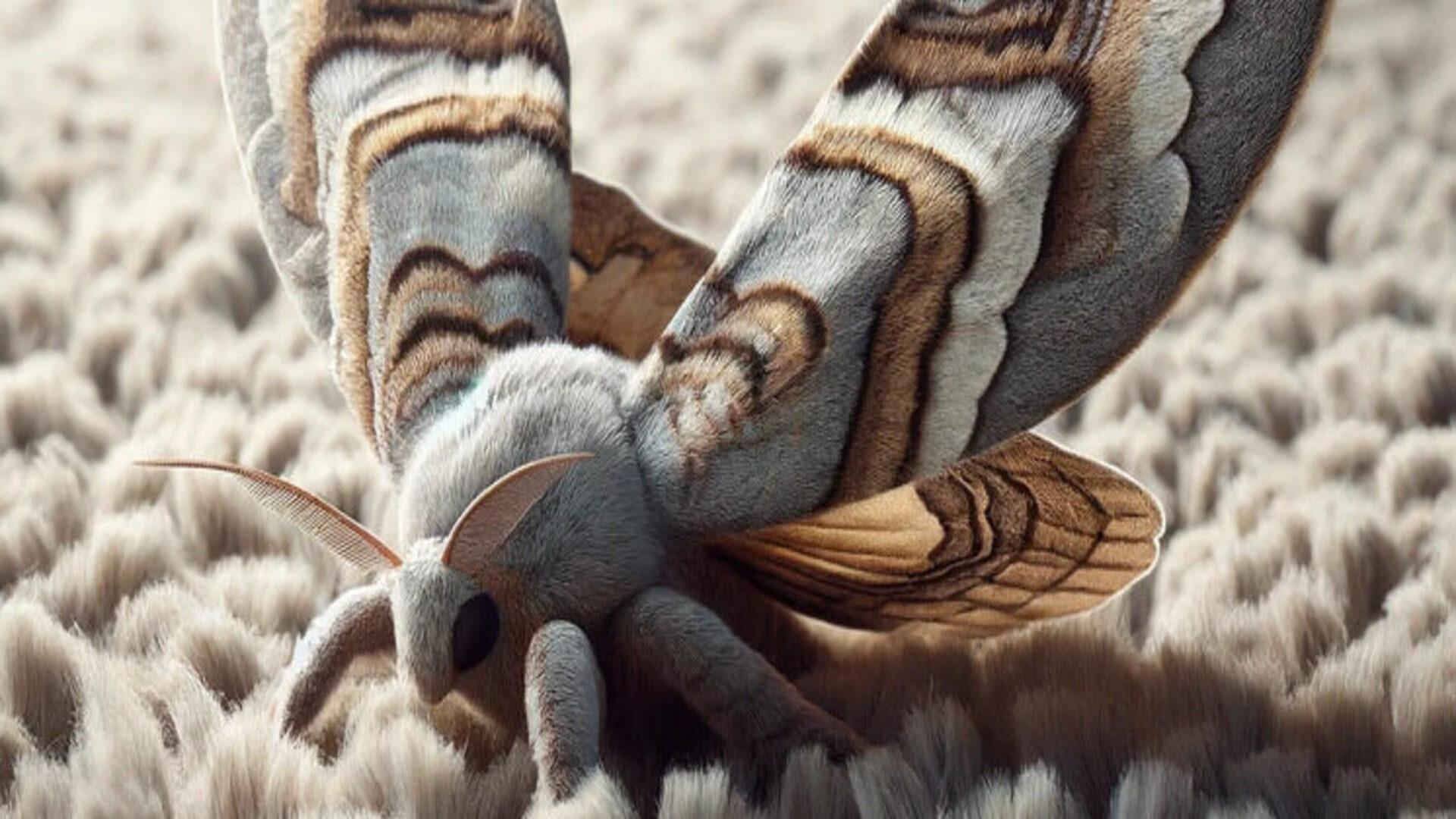
Larvae damage natural fiber rugs, carpets, and upholstered furniture.
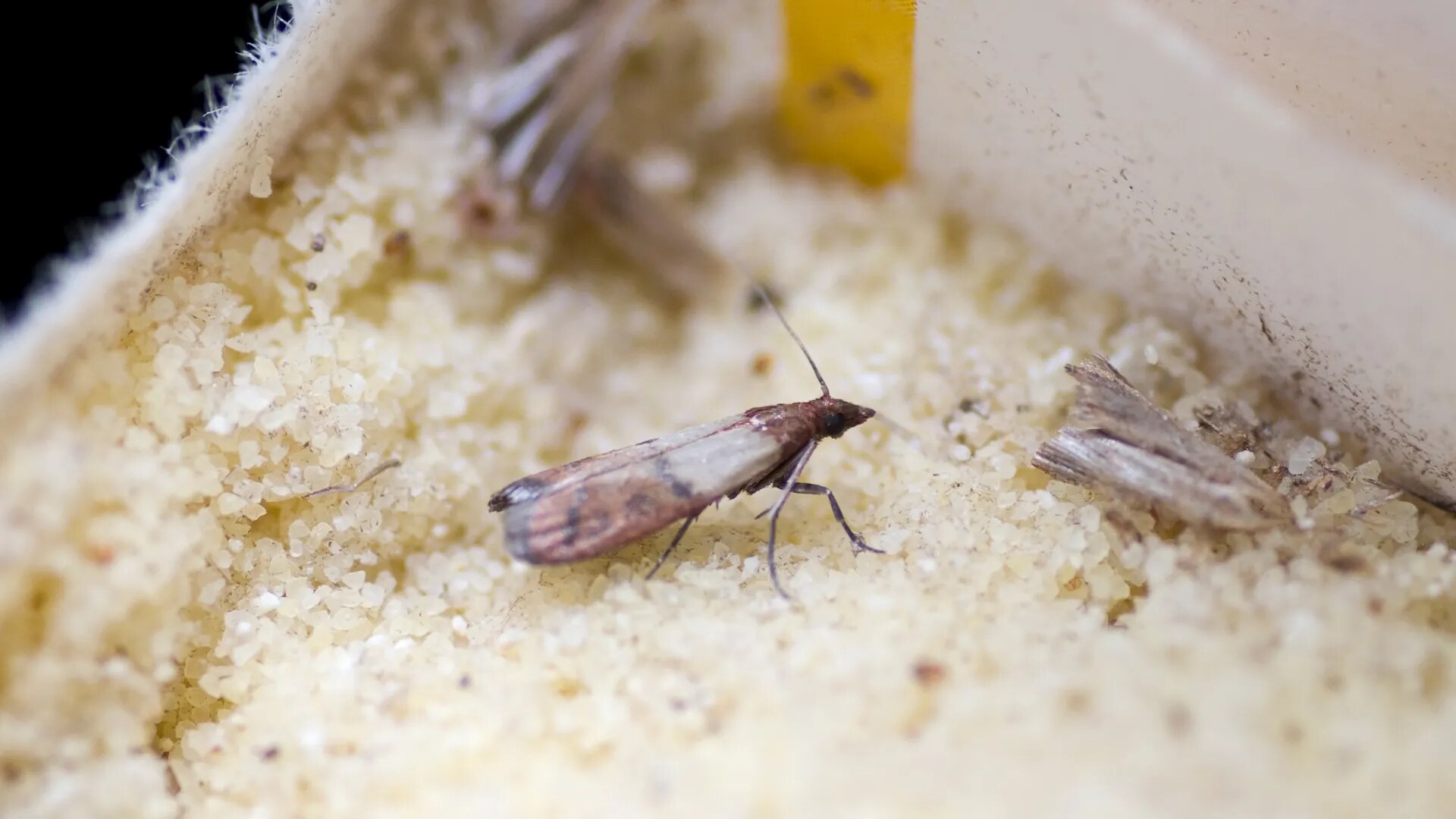
Adult moths are often seen resting in dimly lit areas.
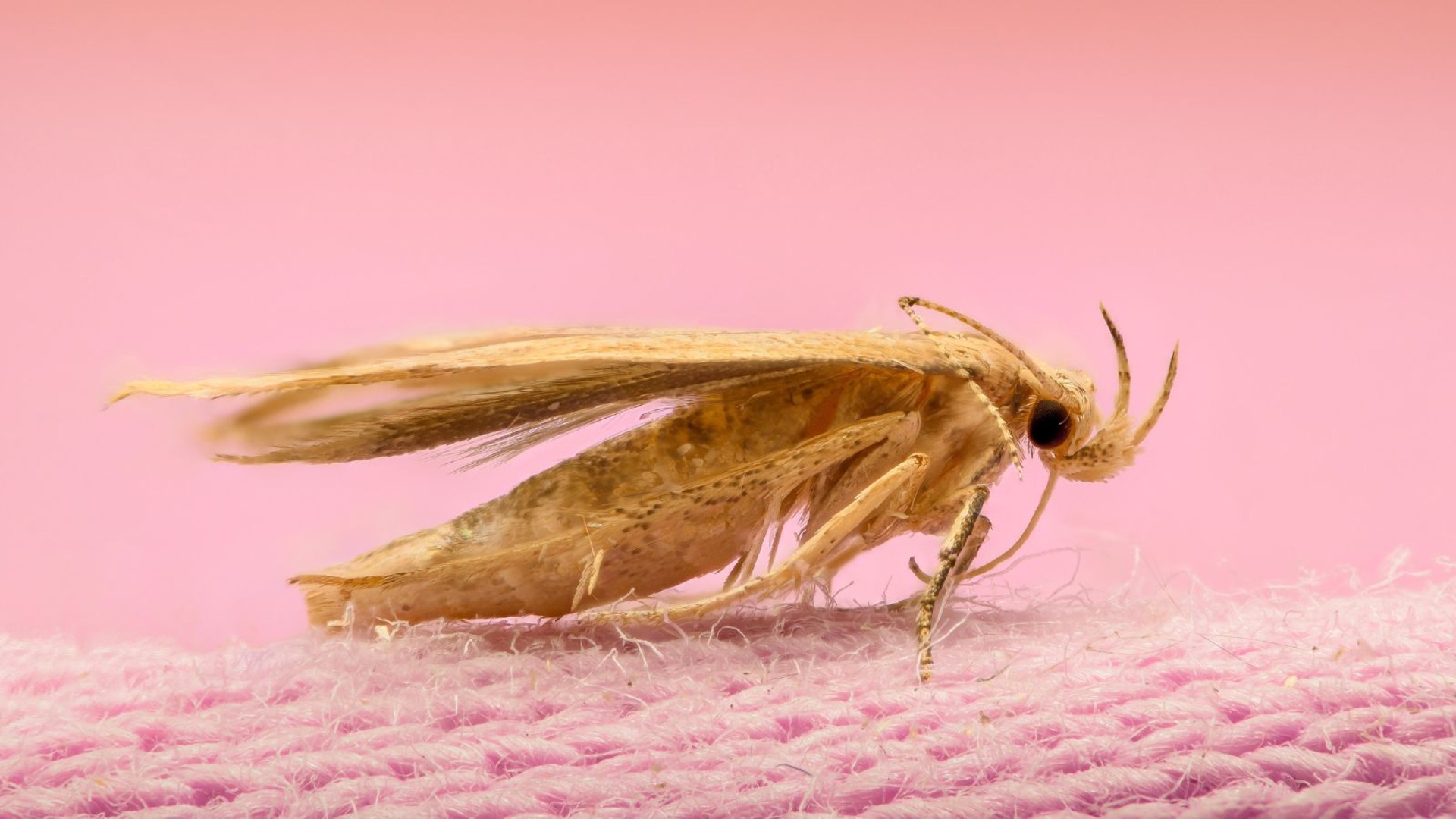
Infestations in boxes of linens or seasonal clothing can remain unnoticed for months.
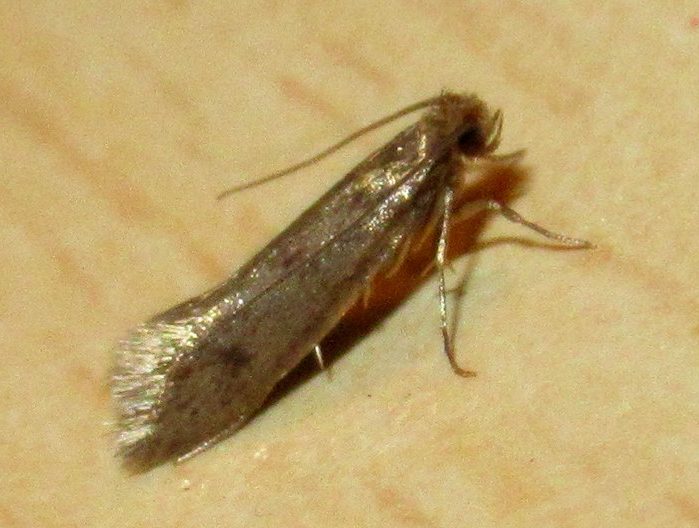
Small, beige moths whose larvae feed on natural fabrics.
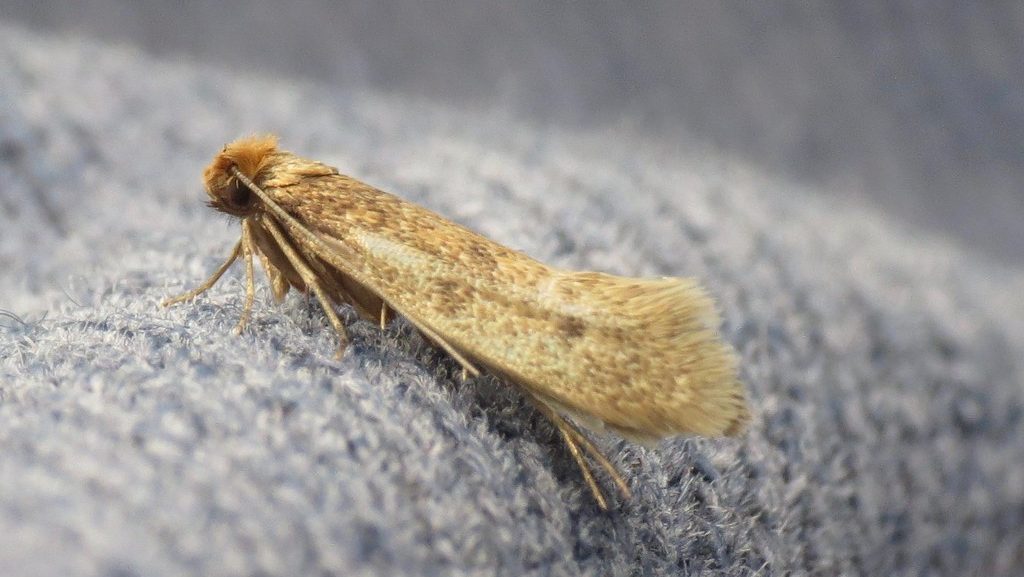
Brown moths often found in stored grains and cereals.
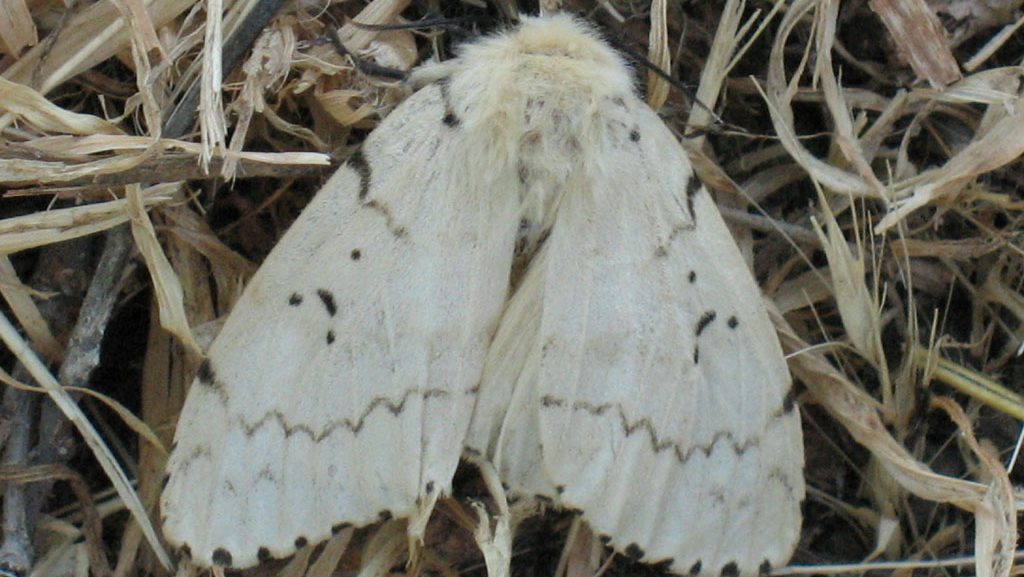
Known for defoliating trees and invading outdoor spaces.
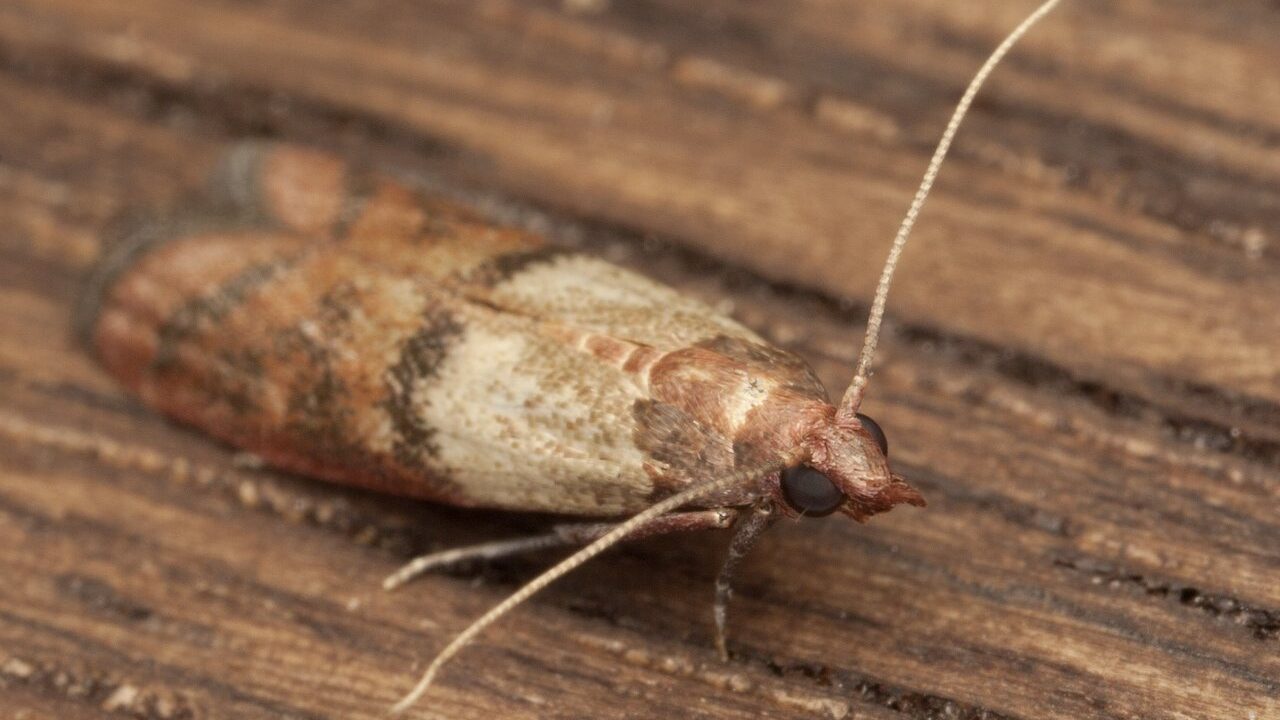
Common pantry pests that infest grains, nuts, and dried fruits.
Moths outnumber butterfly species by nearly 10 to 1.
Adult moths do not have mouths and cannot eat.
The largest moth, the Atlas moth, has a wingspan of nearly 12 inches.
Pantry moths can chew through plastic and cardboard.
Clothes moths avoid synthetic fibers like polyester.
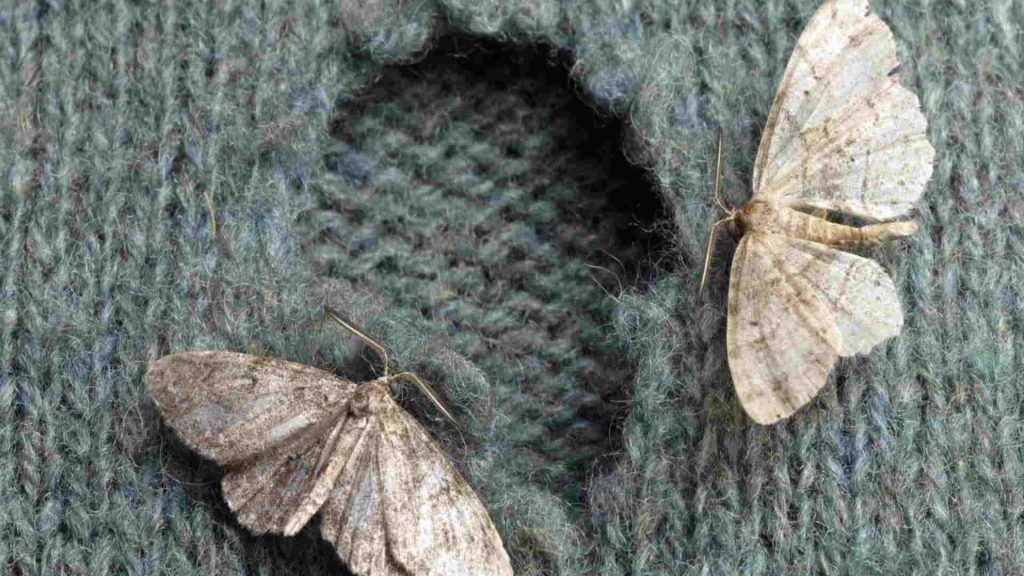
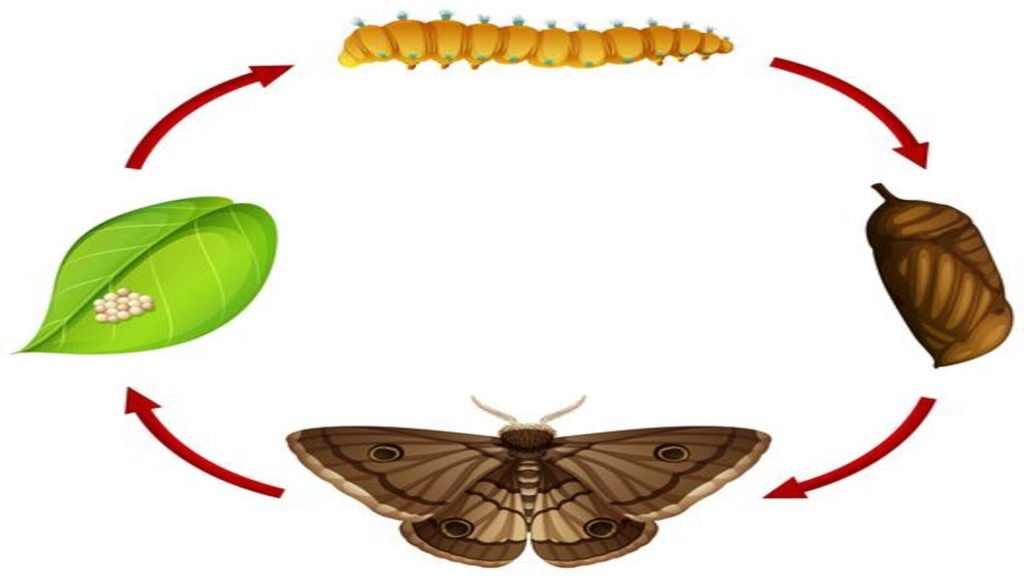
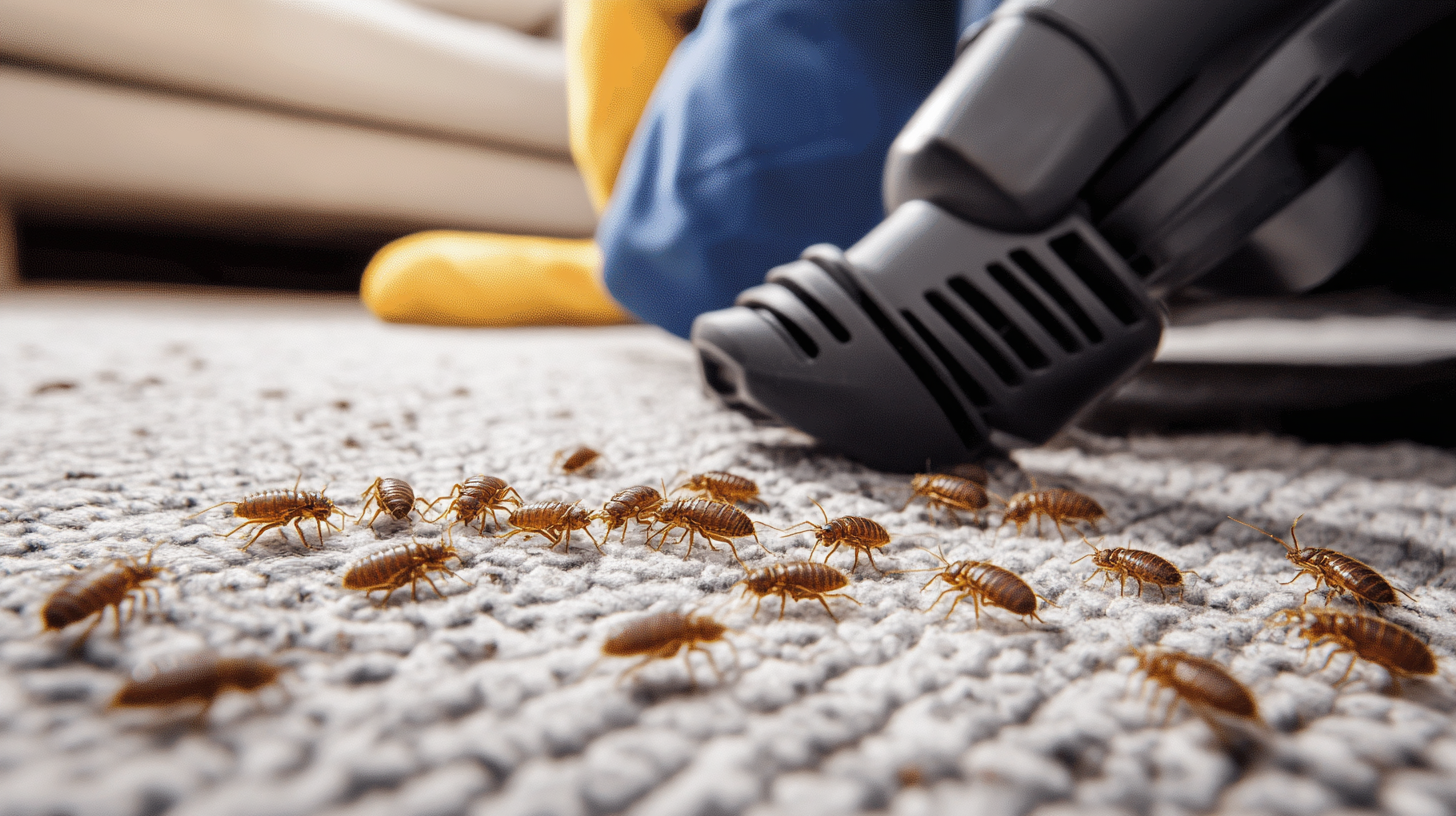
Remove eggs and larvae from carpets, furniture, and closets.

Freeze infested fabrics to kill larvae.
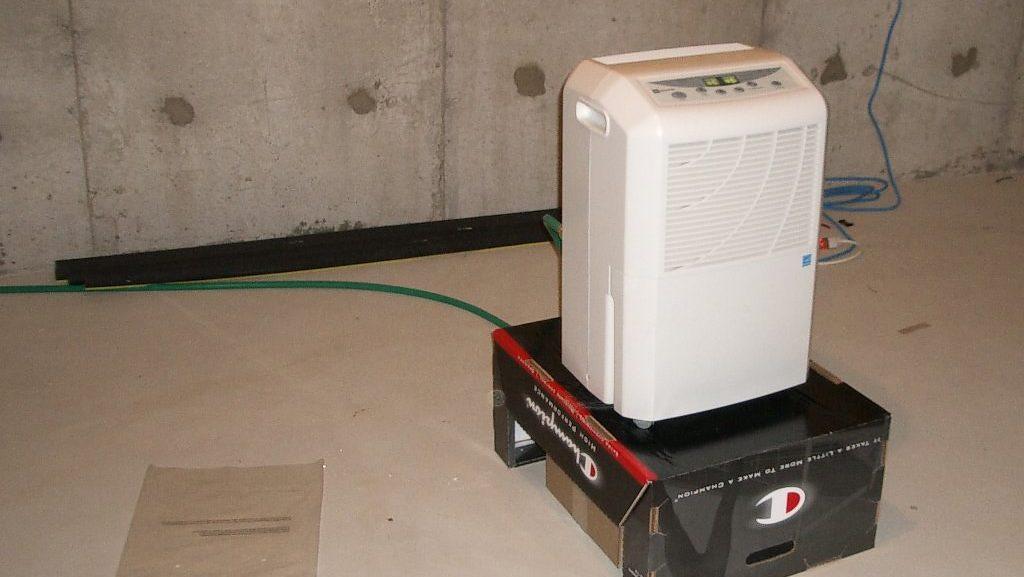
Use cedar, lavender, or bay leaves to deter moths.

For severe infestations, consult a pest control professional.
Moths are commonly found in dark, undisturbed areas of a house. Clothes moths hide in closets, drawers, and wardrobes, especially where wool, silk, or natural fibers are stored. Pantry moths are often found in kitchens, infesting dry goods like flour, cereal, and grains. Moths may also take shelter in basements, attics, or under furniture.
The most noticeable signs of a moth infestation include small holes in clothing made of natural fibers and webbing or cocoons on pantry items or stored fabrics. You may also spot small moths flying near food storage or closets. Larvae or eggs on shelves, clothes, or food packaging are another red flag. In some cases, you might notice a musty odor in storage areas. Addressing these signs promptly is key to stopping the infestation from spreading.
Moths are attracted to homes because of food and shelter. Pantry moths are drawn to grains, flour, and other dry goods, while clothes moths seek out natural fibers like wool and silk. Bright lights at night can also attract adult moths, leading them to enter through open windows, doors, or cracks. Poorly sealed food and cluttered storage areas provide ideal conditions for moths to thrive.
Preventing moth infestations starts with proper cleaning and storage habits. Store food in airtight containers to keep pantry moths out, and regularly vacuum closets and storage areas to remove eggs or larvae. Using natural repellents such as cedar blocks or lavender sachets in wardrobes can deter clothes moths. Ensure your home is sealed by closing cracks and gaps around windows and doors. Washing clothes before storing them for the season also helps prevent infestations.
Getting rid of moths requires identifying the source of the problem, such as infested food or clothing. Discard any contaminated items and thoroughly clean affected areas by vacuuming and scrubbing shelves or closets. Moth traps can help catch adult moths, while insecticides or natural repellents like cedar oil can target larvae and eggs. If the infestation is severe, it’s best to call a pest control professional for effective treatment.
Moths can infest carpets and furniture, especially if these items contain natural fibers like wool or organic upholstery. The larvae feed on these materials, leaving visible damage over time. Regular vacuuming, steam cleaning, and the use of moth-specific treatments can help protect carpets and furniture from infestation. For added protection, avoid storing food or dirty clothes near these areas.
To keep pantry moths out, store all dry goods in airtight containers made of glass or heavy-duty plastic. Inspect food packages for holes or signs of infestation before purchasing and clean pantry shelves regularly to remove crumbs and spills. Natural repellents like bay leaves or sachets of peppermint oil can help deter moths from settling in storage areas. Regular maintenance and vigilance are key to keeping your pantry moth-free.
